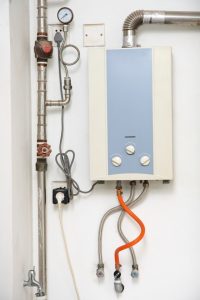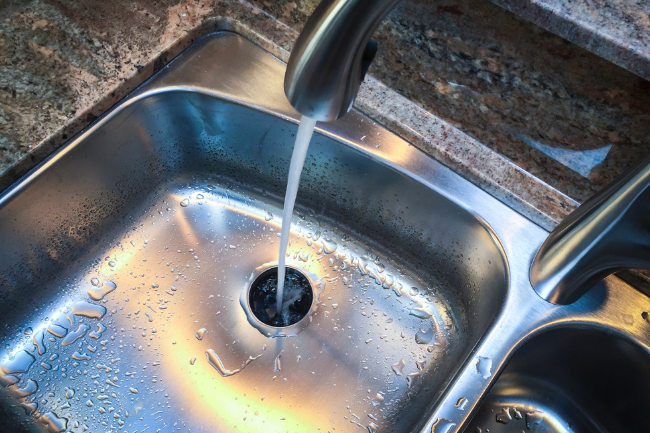Essential Plumbing Maintenance Guide 2024
Understanding and attending to the plumbing needs of our homes and businesses is crucial for preventing issues that could lead to costly repairs. Regular maintenance ensures that plumbing systems operate smoothly, prevents unexpected breakdowns, and extends the life of our plumbing infrastructure. Whether it’s a residential building or a commercial establishment, maintaining plumbing systems isn’t just about fixing problems as they occur; it’s about preventing them in the first place.
With the right knowledge and a bit of diligence, managing the health of your plumbing system can become a straightforward part of your routine. This guide aims to equip you with essential tips and insights into maintaining your plumbing effectively throughout the year. We emphasize simple, effective practices that can help avoid major plumbing disruptions and ensure that your systems function efficiently, saving you time and money in the long run. Join us as we delve into the essential maintenance tasks that should be on every property owner’s checklist.
Overview of Essential Plumbing Maintenance for Homes and Businesses
Maintaining the plumbing systems in our homes and businesses is fundamental to avoiding significant problems down the road. It not only ensures consistent functionality but also prevents the kind of emergencies that can arise from neglected systems. Regular check-ups and maintenance involve scrutinizing all parts of the system—pipes, drains, faucets, and water-using appliances—to ensure they are in optimal condition and functioning correctly.
We focus on both corrective and preventive measures in our plumbing maintenance schedule. This includes cleaning minor blockages before they lead to major clogs, checking for leaks that could lead to water damage, and ensuring all installations are secure and efficient. Effective maintenance provides peace of mind and saves us money that would otherwise be spent on emergency repairs and energy inefficiency due to dated or malfunctioning components.
Monthly Plumbing Tasks to Keep Systems Running Smoothly
Each month, we dedicate a day to performing specific plumbing tasks to keep the system running without a hitch. First, we inspect all exposed pipes and fittings for signs of wear and tear such as leaks or cracks. Addressing these issues early on prevents more severe problems later. Additionally, checking faucets and showerheads for scale buildup is essential. We clean aerators and replace washer or o-rings when needed to ensure optimal water flow and prevent dripping.
We also recommend frequently cleaning drains to avoid clogs and using environmentally friendly cleaning agents to maintain pipes without causing damage. This involves paying attention to what goes down our drains—avoiding the disposal of oils, grease, and non-biodegradable materials. For those with garbage disposals, running cold water for about 15 seconds before and after usage helps keep it clear. These seemingly small tasks, performed monthly, play a significant role in the overall efficiency and longevity of our plumbing systems, ensuring everything functions smoothly and sustainably.
Seasonal Plumbing Inspections and Interventions
As the seasons change, so do the demands on our plumbing systems. That’s why it’s crucial to conduct seasonal inspections to ensure everything is ready to handle these new challenges. In the spring, we focus on inspecting for any damages that might have occurred during the winter months. This includes checking for pipe cracks that could have resulted from freezing temperatures. In the fall, our attention turns to preparing pipes for the cold weather ahead, which involves insulating pipes that are exposed to the elements to prevent freezing.
Another seasonal task is checking and cleaning gutters and downspouts to ensure they are free from leaves and debris, which can cause significant water blockages and overflow issues if left unchecked. For businesses, especially those in areas prone to heavy winter snowfall, we ensure that all roof drains are clear and functional. These preventative measures play a critical role in maintaining the robustness of your plumbing throughout the year and heading off potential emergencies before they arise.
When to Call a Professional: Advanced Maintenance and Repairs
There comes a time in the life of any plumbing system when professional intervention is needed. Recognizing when to call in the experts can save us from the headache and expense of major plumbing disasters. Advanced maintenance issues that need a professional’s touch include persistent leaks that could indicate a deeper problem, water pressure problems, or any changes in the quality of water, like discolouration, which could suggest pipe corrosion or sediment buildup.
Professional help is not just recommended; it’s necessary for significant replacements or installations. This includes replacing old pipelines, installing new fixtures or water heaters, and more involved repairs that require detailed technical knowledge and the right tools. We also advise having a professional conduct an annual in-depth inspection of your entire system to root out issues that might not be visible during regular maintenance checks.
Conclusion
At The Irish Plumber, we understand the importance of maintaining a smooth-running plumbing system whether at home or in your business premises. By adhering to a structured maintenance schedule, including monthly tasks and seasonal checks, we help safeguard your system against unexpected failures and costly repairs. Our team is committed to providing the expertise and services needed for deeper inspections and sophisticated repairs.
If you’re facing any uncertainties or require professional advice on maintaining your plumbing system, don’t hesitate to reach out to The Irish Plumber. We’re here to assist with a complete range of plumbing needs to ensure your water systems function perfectly throughout the year. Remember, proactive care is the best strategy to maintain the efficiency and longevity of your plumbing systems. Call on our plumbing contractors in Ottawa; we’re ready to help you keep your plumbing in top condition.









